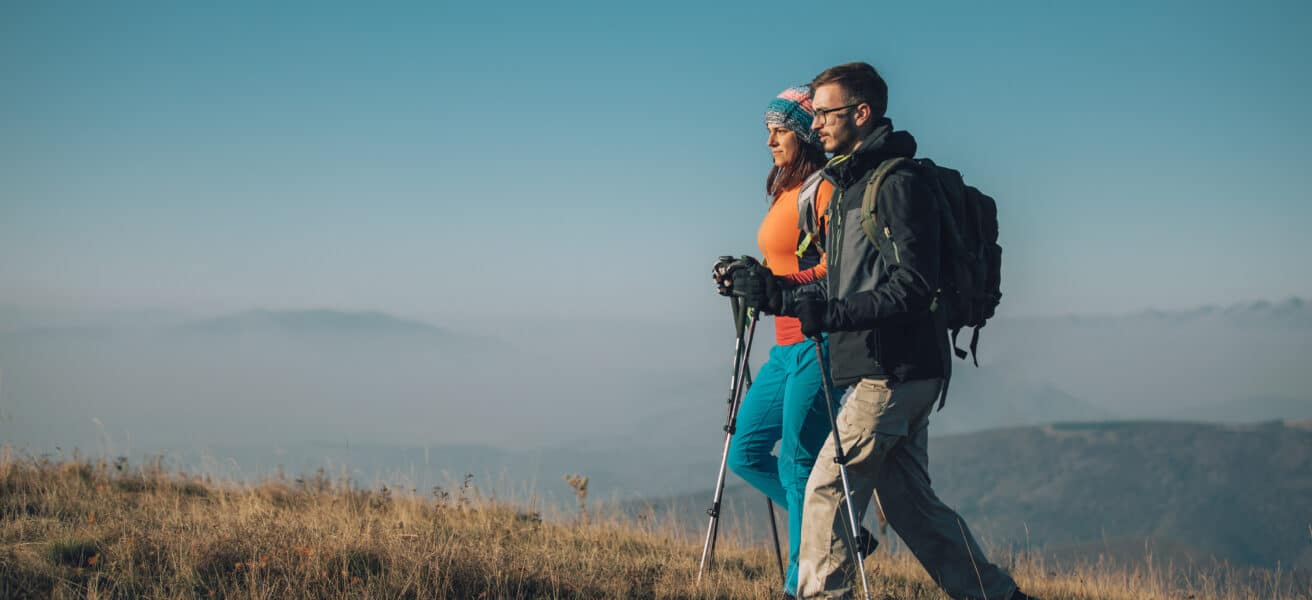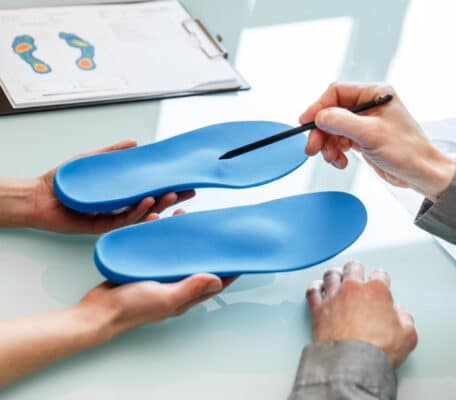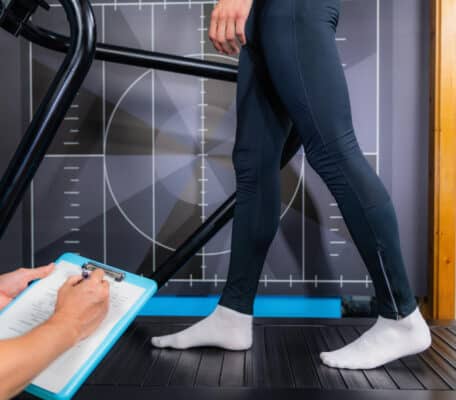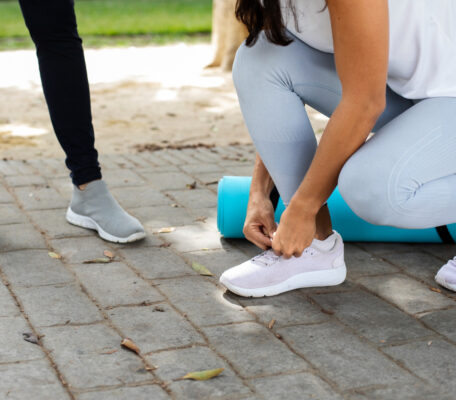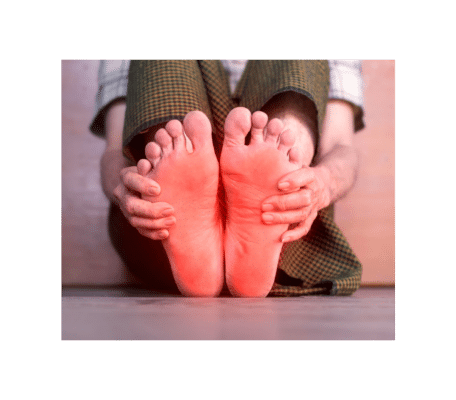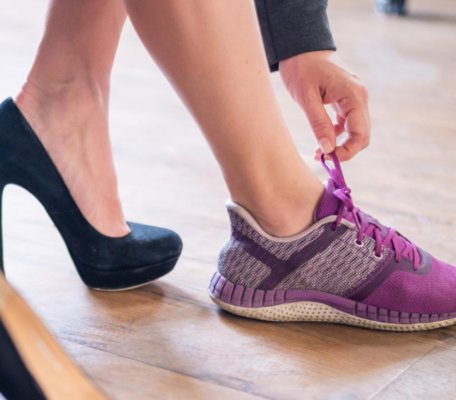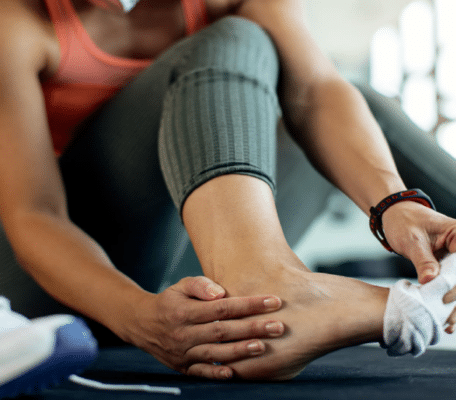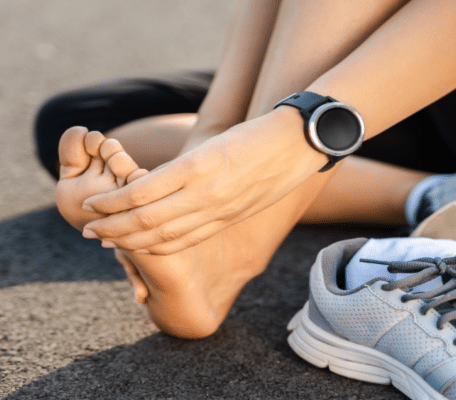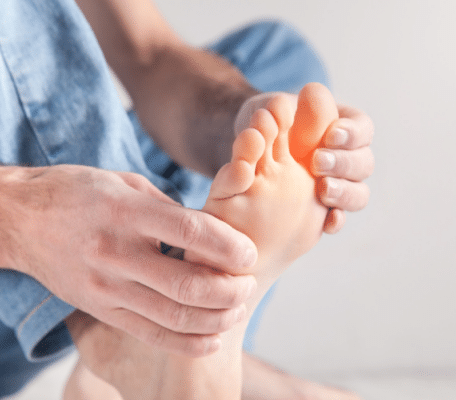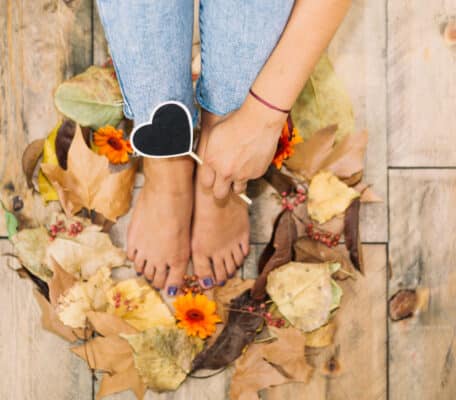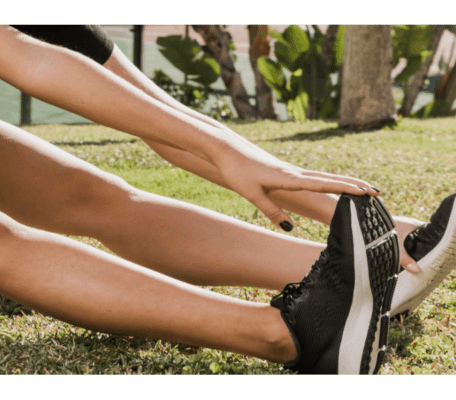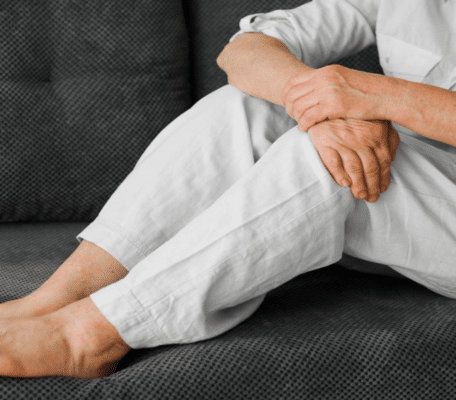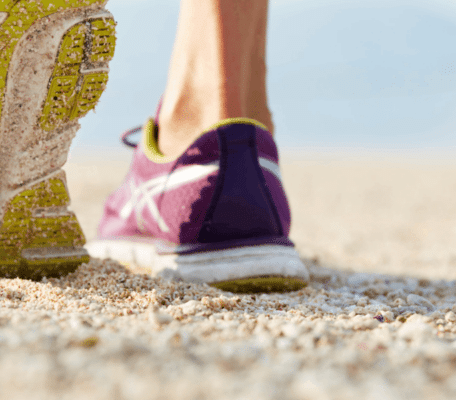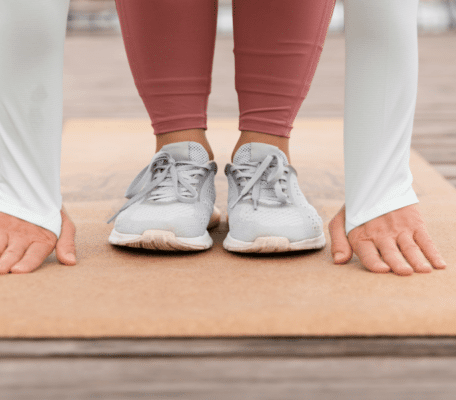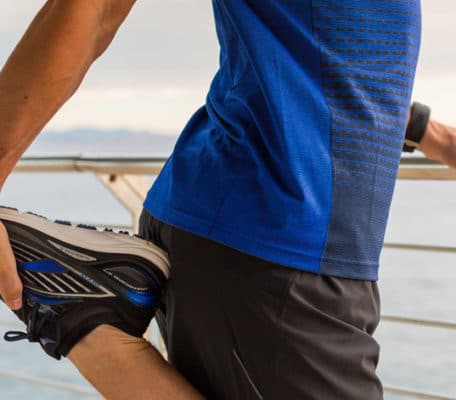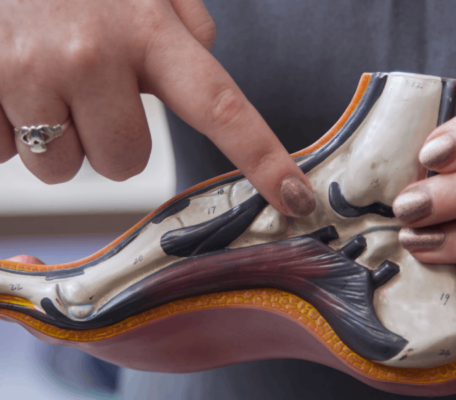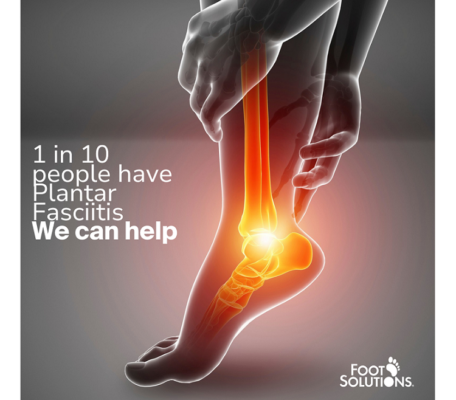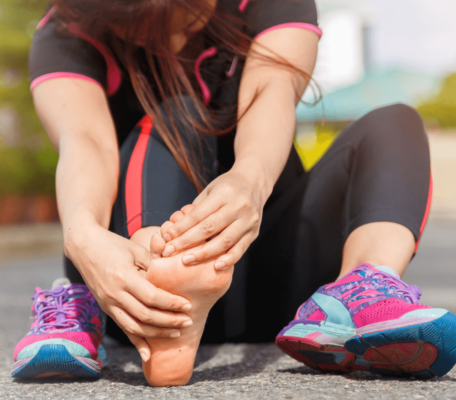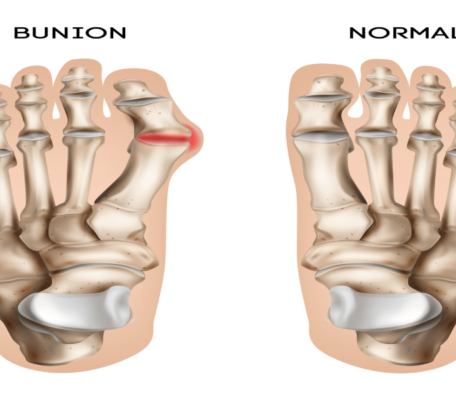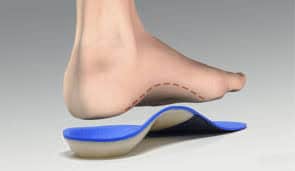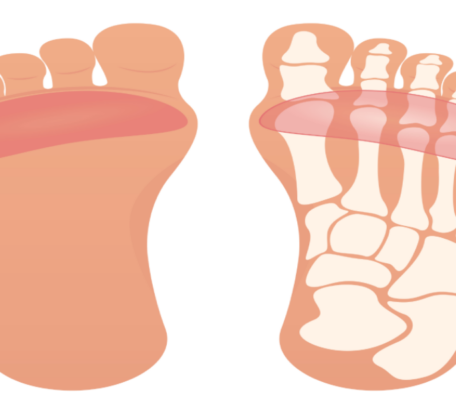The Camino Way is an epic adventure that many keen walkers aspire to. Completing one of the long and challenging routes is a lifelong dream for many people. If you’re planning to walk a section or an entire route of the Camino Way, you’ll want to prepare yourself well so that this is as stress free as possible, allowing you to enjoy the experience and make the most of your journey.
Finding the right footwear for your Camino walk is probably the most important aspect of your planning, since it will be vital to keep your feet in good shape. You’ll need shoes that will protect your feet from injury and pain and help you to feel comfortable as you walk, and if you’re packing light, you’ll need to make the choice right! Read on to find out more about the factors to consider when you’re choosing footwear for your Camino trip and prepare for an adventure you’ll never forget.
Which footwear to choose?
Walking shoes protect your feet from the pressures of constant walking and help to prevent injury and foot pain. When you are doing a long walking challenge, such as the Camino Way, you will need to carefully consider the types of footwear available. Here are the most important factors to think about:
1. Comfort. Comfort is the most important consideration for your footwear when you’re walking the Camino Way. You should have your walking shoes or boots properly fitted at a specialist shoe store such as Foot Solutions to ensure that they are supporting your feet in all the right places and that they provide enough cushioning and shock absorption to protect the feet. Look for shoes with a wide toe box and a contoured footbed that suits your foot shape.
2. Weather. It’s important to consider when you will be walking and check that you are wearing the most suitable footwear for weather conditions. For instance, if you are walking in very hot weather, you will want to avoid leather shoes or boots, and will probably find lightweight, breathable walking shoes more appropriate. When it is colder, your feet will need more protection, and warmer walking boots will be a better choice.
3. Terrain. Choosing the Camino route you want to walk will involve researching the terrain and making choices about your equipment based on this. For instance, the Camino Frances may require different footwear options for the first section, which is rough and often steep, and the final section, which is an easy footpath walk.
4. Waterproofing. Whether or not you opt for waterproof shoes will depend upon the weather conditions when you are walking, but it is often better to opt for non-waterproof options that will be lighter and more flexible and can be washed and dried more quickly. A breathable and flexible upper will be extremely valuable, allowing your feet to breathe, and waterproofing may compromise the ventilation.
5. Socks. Your socks are another important aspect to consider, as these can transform your footwear, keeping your feet comfortable and dry as you walk. You’ll need spare socks in case your feet get wet, and you’ll prevent blisters much more effectively if you choose socks that can wick away moisture and keep your feet comfortable. Cotton socks may be a good choice for dry seasons, and when the weather is unpredictable, we recommend wool or synthetic trail running socks which are designed to protect your feet and keep them dry.
6. Orthotics or insoles. Orthotics or insoles can alter the way your shoes fit and help to support your feet in all the right places. This can make a big difference to your daily experience on the Camino Trail and it is important to do your practice walks with these as well. If you wear orthotics on a daily basis, consider having custom orthotics made as these are designed specifically for your feet. Take at least one spare pair with you, depending on the length of the route you have chosen, to ensure that you can stay comfortable throughout your trip.
Of course, if you are having your bags transferred between your accommodation as part of an organised Camino trip, you will be able to pack more footwear options so that you can vary your footwear according to daily conditions and your level of comfort.
Footwear Options for the Camino
You should try several different options when you are considering footwear for your Camino walk, and ideally try them on at the end of the day, when your feet are largest, with the socks and insoles you intend to wear for your walk. We suggest considering:
• Trail running shoes. Running shoes that are specifically designed for trail running may be a good option for many Camino routes. Road running shoes will only be suitable for the flattest sections and you will notice the soles wearing down quickly, but they are lightweight and comfortable. Trail running shoes have better ankle support so this provides better support, and these can also be worn in the evenings if you are carrying all your kit with you and need to keep the weight down.
• Walking or trekking shoes. Walking or trekking shoes are the best option for several routes on the Camino Way, offering good all-round support and the potential for waterproofing if this is what you want. They are, however, a heavier option so this can be more difficult to carry and harder on your feet.
• Hiking/walking boots. Hiking boots offer good ankle support so may be a good choice for more mountainous or rocky sections of the trail. They are also a heavy option that may feel restrictive for the flatter sections of the walk and will not be suitable in warm or hot weather.
Flip flops are an absolute no no, even for your days off, as these do not offer enough support and cushioning for your feet, especially when they are under the immense pressure of walking long distances every day. A pair of lightweight sandals with contoured soles will not add much weight to your luggage but will give you a good option to give your feet a break and allow them to recover when you are not walking.
In general, we will usually recommend a pair of lightweight boots, trail shoes or trainers for most of the Camino routes in most weather and seasonal conditions. If you are walking in very cold or wet weather, you may require a hardier option, but the most important thing is that your footwear fits you well and offers good support, so visiting Foot Solutions is a good place to start.
Visit Foot Solutions for Walking Shoes
Looking after your feet while you are walking is essential and will help to prevent foot pain and injury. Our friendly team at Foot Solutions can help you to find the best footwear options for your daily life and your walking adventures so pop in and see us today!
Now all you have to do is choose your route!
When you are planning a Camino walk, you’ll need to decide which route to take and this will depend on your level of fitness and walking experience as well as how long your trip will be and your personal preferences. The most popular routes include:
Camino Frances (the French Way). This route begins in Saint-Jean-Pied-de-Port in France, and ends, as most of the routes do, in Santiago de Compostela in Spain. It usually takes around 4-5 weeks to walk this route in full, covering a distance of around 800km. This route has the most established set up for walkers but it is worth noting that the daily costs, such as the price of food, are more expensive when walking through France than other Camino routes.
Camino Del Norte (Northern Way). The Northern Way takes in the northern coast of Spain, with beautiful views and less people than the other routes. However, it is considered to be a more challenging option for walkers and the weather conditions can be more difficult. This route is usually completed in around 4-5 weeks.
Camino Portugues (the Portugese Way). Starting your Camino in Portugal, either in Lisbon or Porto, means walking through Portugal and Spain to Santiago de Compostela. This is a shorter route that usually takes about 2-3 weeks to complete. Many people love the historical towns and coastal scenery on this route.
Camino Primitivo (Primitive Way). This route is the original Camino trail, beginning in Oviedo and joining with the Camino Frances in Melide. It is renowned for being a particularly challenging route and involves some mountainous terrain, taking 2-3 weeks to complete.
Via de la Plata. This is the longest Camino route, beginning in Seville and ending in Astorga, a distance of more than 1,000km. It is quieter than other routes and is popular with those who love to explore the historic cities on route.
Each route has unique scenery and the time required to walk each route varies, as does its difficulty. When you have researched the options and made your decision, you will be able to plan more effectively for your trip and decide on the footwear and equipment you need.

